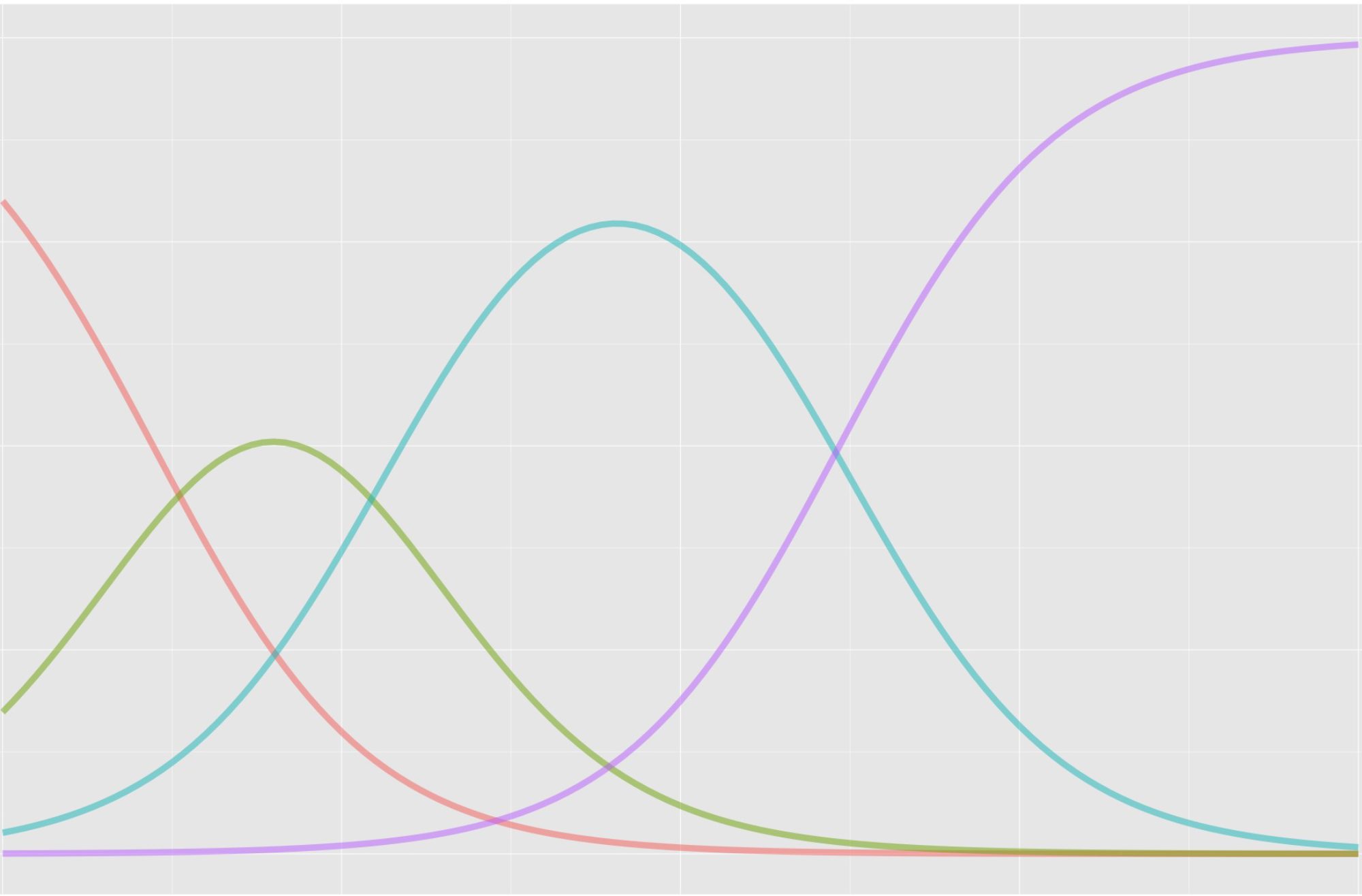I recently came across a few articles that discuss scale linking in the health sciences, where researchers measure things like psychological distress, well-being, and fatigue, and need to convert patient results from one instrument to another. The literature refers to the process as mapping (Wailoo et al, 2017) but the goals seem to be the same as with other forms of scaling, linking, and equating in education and psychology.
Fayers and Hays (2014) talk about how mapping with health scales is typically accomplished using regression models, which can produce biased results because of regression to the mean. They recommend linking methods. Thompson, Lapin, and Katzan (2017) demonstrate linking with linear and equipercentile functions.
On a related note, someone also shared Bottai et al (2022), which derives a linear prediction function, based on the concordance correlation from Lin (1989), that ends up being linear equating.
References
Bottai, M., Kim, T., Lieberman, B., Luta, G., & Peña, E. (2022). On optimal correlation-based prediction. The American Statistician, 76(4), 313-321. https://doi.org/10.1080/00031305.2022.2051604
Fayers, P. M., & Hays, R. D. (2014). Should linking replace regression when mapping from profile-based measures to preference-based measures? Value in Health, 17(2), 261-265. http://dx.doi.org/10.1016/j.jval.2013.12.002
Lin, L. (1989). A concordance correlation coefficient to evaluate reproducibility. Biometrics, 45, 255–268.
Thompson, N. R., Lapin, B. R., & Katzan, I. L. (2017). Mapping PROMIS global health items to EuroQol (EQ-5D) utility scores using linear and equipercentile equating. Pharmacoeconomics, 35, 1167-1176. http://dx.doi.org/10.1007/s40273-017-0541-1
Wailoo, A. J., Hernandez-Alava, M., Manca, A., Mejia, A., Ray, J., Crawford, B., Botteman, M., & Busschbach, J. (2017). Mapping to estimate health-state utility from non–preference-based outcome measures: An ISPOR good practices for outcomes research task force report. Value in Health, 20(1), 18-27. http://dx.doi.org/10.1016/j.jval.2016.11.006
